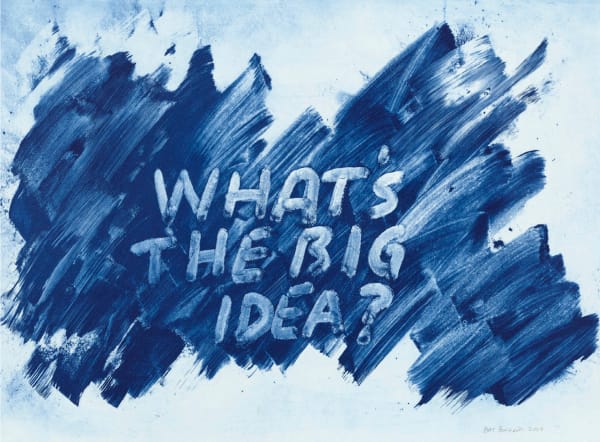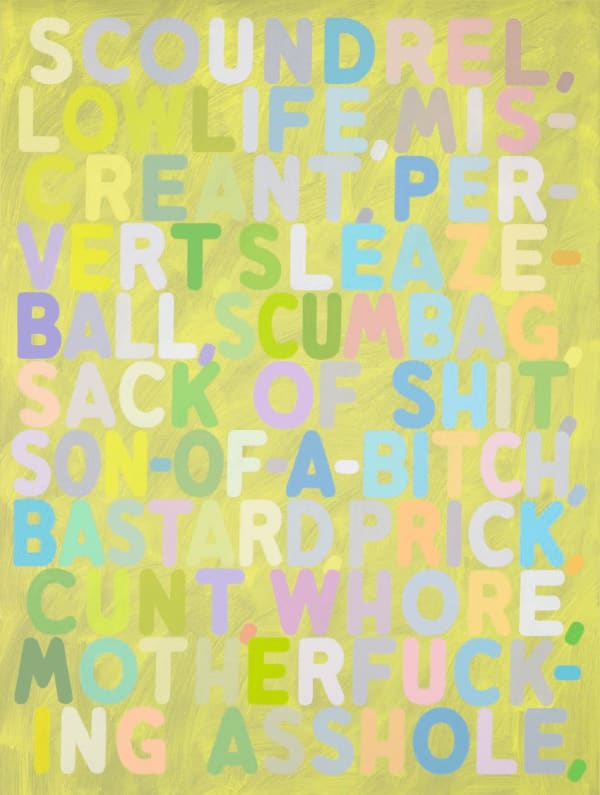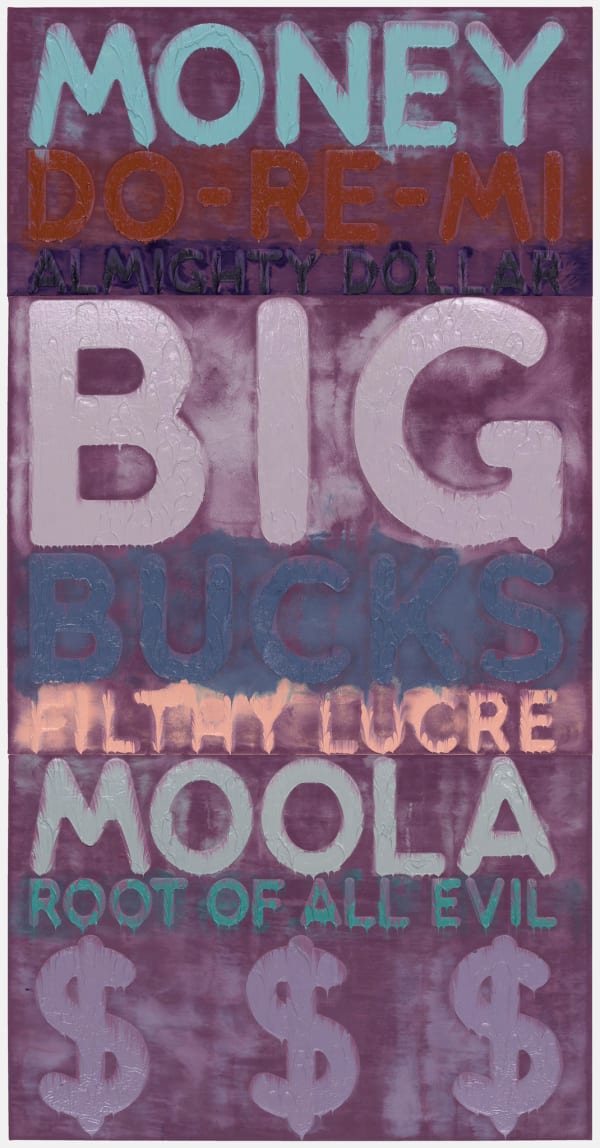-
Mel Bochner redefined the concept of art through his exploration of meaning combining the visual and the verbal. one of the most important artists of the 20th century, bochner continues to inspire generations of artists. Discover our selection of mel bochner prints for sale at Guy Hepner, bochner dealers since 2014.
-
New In: Mel Bochner Prints & Paintings for Sale
-
SeriesOverview
"For me drawing is the way to see what I'm thinking."
Mel Bochner is widely recognized as one of the most important American artists of the 20th century who both pioneered and popularized conceptual art. A key figure in the Conceptual Art movement of the 1960s and 70s, Mel Bochner’s prints and paintings have influenced generations of artists across the world.
Best known for his impactful works that explore the use of words, numbers and diagrams, Bochner was exposed to the visual language of lettering and typography from an early age from his father, Meyer Bochner, who was a sign painter. Bochner’s approach to art challenges the very notion of visual art and his works create a powerful and endearing feeling of disruption and, even in the 21st Century, continue to challenge convention.
Throughout his career, Bochner has experimented with various mediums and during his 50 year career he has worked across painting, drawing, printmaking, photography, and installation based work. Best known for his use of text as a visual element to convey complex ideas, Bochner approaches the act of creation from the standpoint of a creative professor, elegantly and powerfully exploring the intellectual and linguistic aspects of art as he plays with language, thought, and perception.
Bochner’s symbolic use of words, numbers and formulas disrupt the notion that art is purely visual endeavor, turning his works into almost philosophical treatise on the nature of meaning and the interplay between art and idea. Mel Bochner’s prints and paintings invite contemplation and introspection through their blurring of visual and verbal communication which create deep layers of interpretation.
One of the most notable examples of this is Bochner's Blah! Blah! Blah! series, created between 2008 and 2012. These word paintings feature variations on the phrase "Blah! Blah! Blah!" in different chromatic arrangements and placements, reflecting Bochner's interest in how repetition and visual presentation affect meaning.
Mel Bochner’s prints and paintings with their bold use of language, color and geometric shapes continue to challenge the boundaries of language and art over 50 years since the start of his long career. At Guy Hepner, we have assisted collectors across the globe to buy Mel Bochner prints and to enjoy one of the most important artists of the Post-war era. Whether new to collecting Mel Bochner prints, or an experienced collector, our knowledge and experienced team can help you.
For further information on our available Mel Bochner prints for sale, contact info@guyhepner.com













